In my opinion, Germans should no longer be ashamed of their past. Since the world cannot turn back time, Germans should be proud of the safe and functioning society they re-built post WW2 and communism.
No matter where you go in Berlin, almost every building, street and site has some sort of historical significance and linkage to the Third Reich and World War 2. If you're searching the past, these are some history-book worthy places to visit in Berlin.
Anhalter is a former railway terminal station turned bunker in WW2. Opened in 1880, it was considered the most-grand train station in the world. People marveled at it's architecture and this "Gateway to the South" station served as the main platforms to get to international cities like Rome, Vienna & Athens. During WW2, Anhalter was one of three train stations to deport Jews to camps. Some 9.600 Jews left this station between 1941-1945. Air bombings demolished the station and this is what is left today.
Lustgarten is an open green space surrounded by museums. Today, the Dom and the Altes Museum still stand, which were popular grounds during the Nazi era. Hitler gave several speeches on the museum's stairs and various celebrations like May Day took place on these grounds.
If you look closely at the pillars, or any older building in Berlin, you'll notice countless bullet holes.
The airport's origins date back to medieval Berlin of the Knights Templar land, thus resulting in the name Templehof. The stoic-looking airport served the Nazis well during the war. Today Templehof serves as a convention center. Read more about it's timeline history here.
Nearby the Brandenburg Gate is the memorial for the murdered Jews during WW2. Created by a NYC architect, Peter Eisenmann, visitors discover 2,711 concrete pillars varying in different heights to promote an uncomfortable feel. There is a visitor center next door that features 3 million names of Jewish people who were killed.
This indoor and outdoor museum is the site where the Gestapo's offices once operated during the Third Reich. Here, you'll see torture cellars, a place for persecution and terror, and discover it's own "house prison." The museum features a timeline of the rise and fall of Hitler. The museum is free, but guided headphones are an additional fee. The museum is nearby Potsdamer Platz.
Hitler was already in power as chancellor, so he was not a dictator yet. The Reichstag was a flash point for Hitler to take control. One night the Reichstag caught on fire, and a known Communist suspect was caught for this crime. In turn, Hitler declared Marshall Law and went after the Communist party in Germany. This building is significant to German government as its equivalent to The Capital building in DC.
Kurfürstendamm - The Kaiser Wilhelm Memorial Church
Kurfürstendamm is one of the most popular avenues in Berlin. Constructed in the 1890's, this Protestant church sits in Breitscheidplatz and named after Kaiser Wilhelm, who initiated the construction. Today, the church remains are a memorial after being damaged in the November 23, 1943 air bombing raids.
Flak Towers
Flak towers are gun platforms used during the war to protect Berlin from air raids. Many have been removed, but a few remain at Berliner Zoo, Humboldthain & Friedrichshain. Today, graffiti covers most of the facade.
Führerbunker
Hitler and other high ranking officers used the Führerbunker as a place to work toward the end of the war when the Russians were getting close. Hitler and his wife, Eva, committed suicide by chewing cyanide capsules. Built in 1944, this concrete bunker sits 8.2 feet below the ground and housed Hitler in 1945. It is said that Hitler and Eva's bodies were taken outside, covered in gasoline and lit on fire. No memorial exists except for a small sign next to a parking lot.
Address: In den Ministergärten 2, 10117, Berlin
German Resistance Memorial Centre
This museum is the dedication to the individuals who took action against the dictatorship between 1933-1945. The museum showcases images, documents and research from that era. Be sure to check out the courtyard, accessible from Stauffenbergstrasse, which is the center of "The Bendler Block." The "Bendler Block" is a set of historical buildings near Tiergarten Park and was once the site of Hitler's famous "lebensraum" (living area) in the east" speech on February 3, 1933. This is also the site where an attempt to overthrow the regime on July 20, 1944.
This Lemon Tree article is now featured on GPSmyCity. To download this article for offline reading or travel directions to the attractions highlighted in this article, go to 10 Significant WW2 Sites to Visit in Berlin, Germany
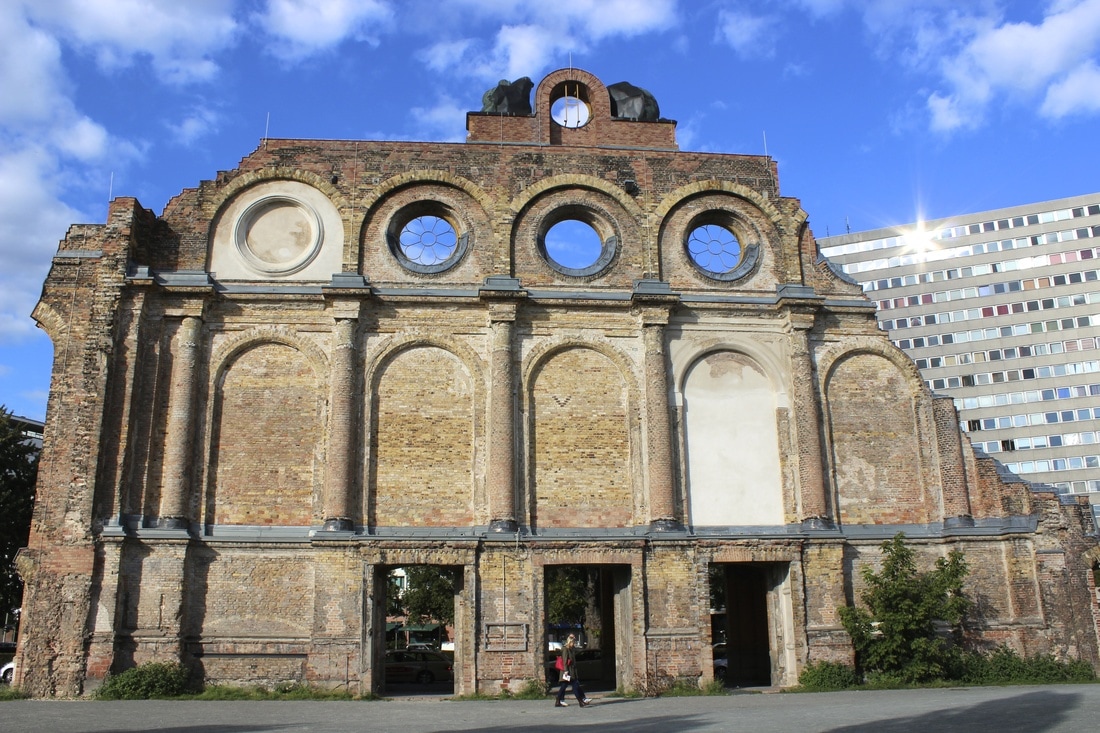
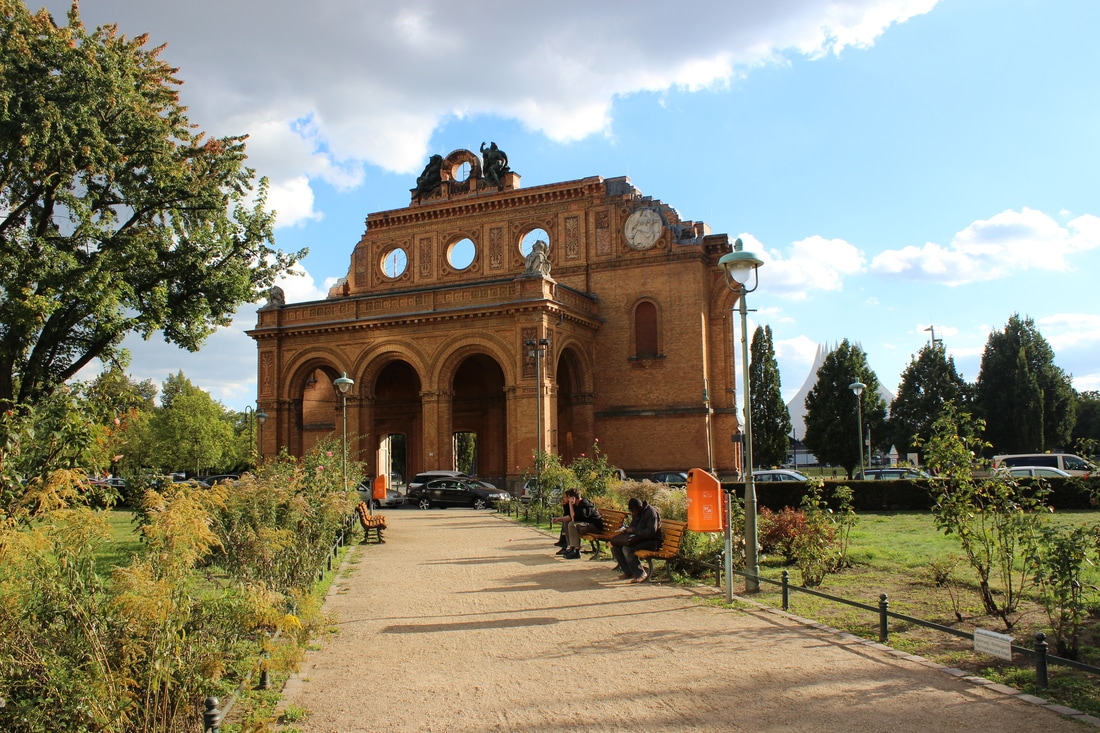

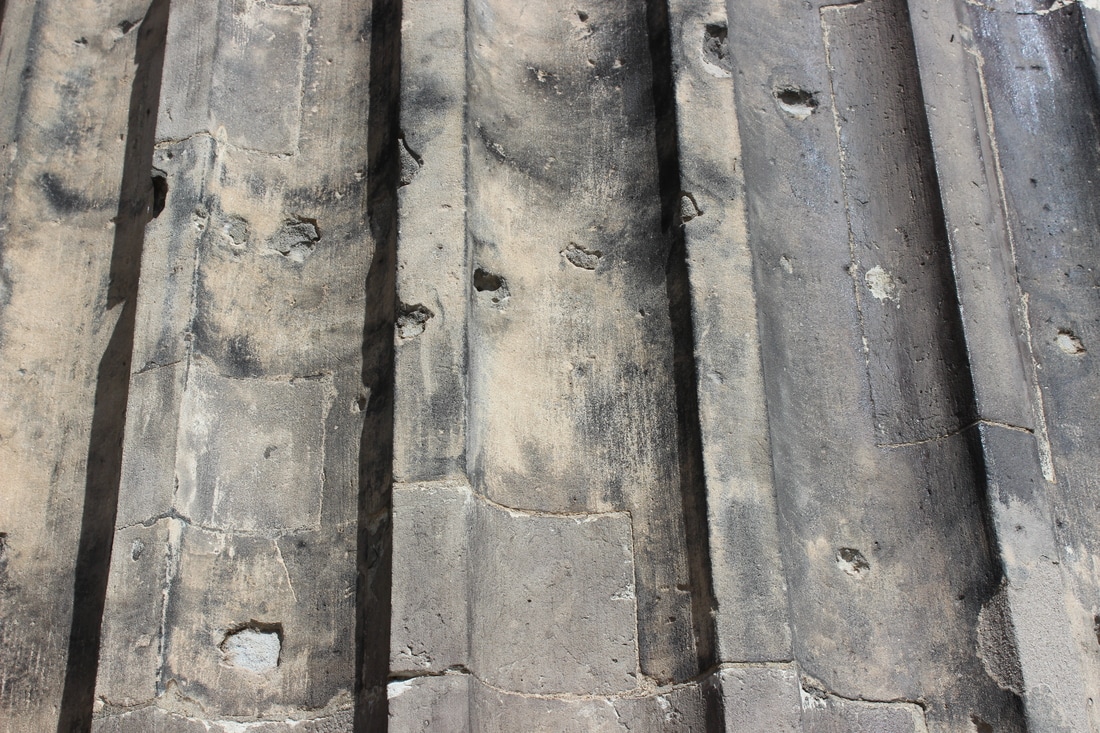
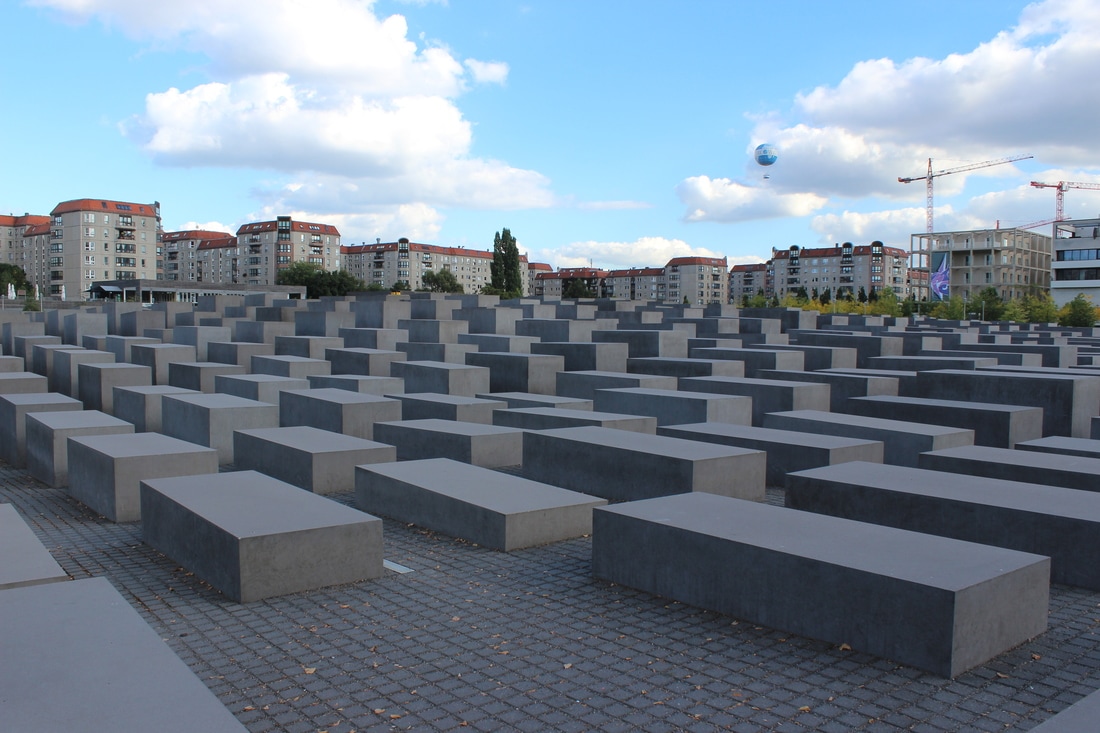
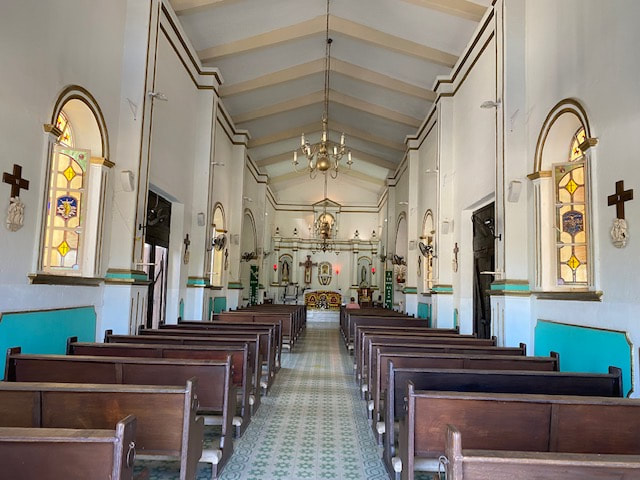
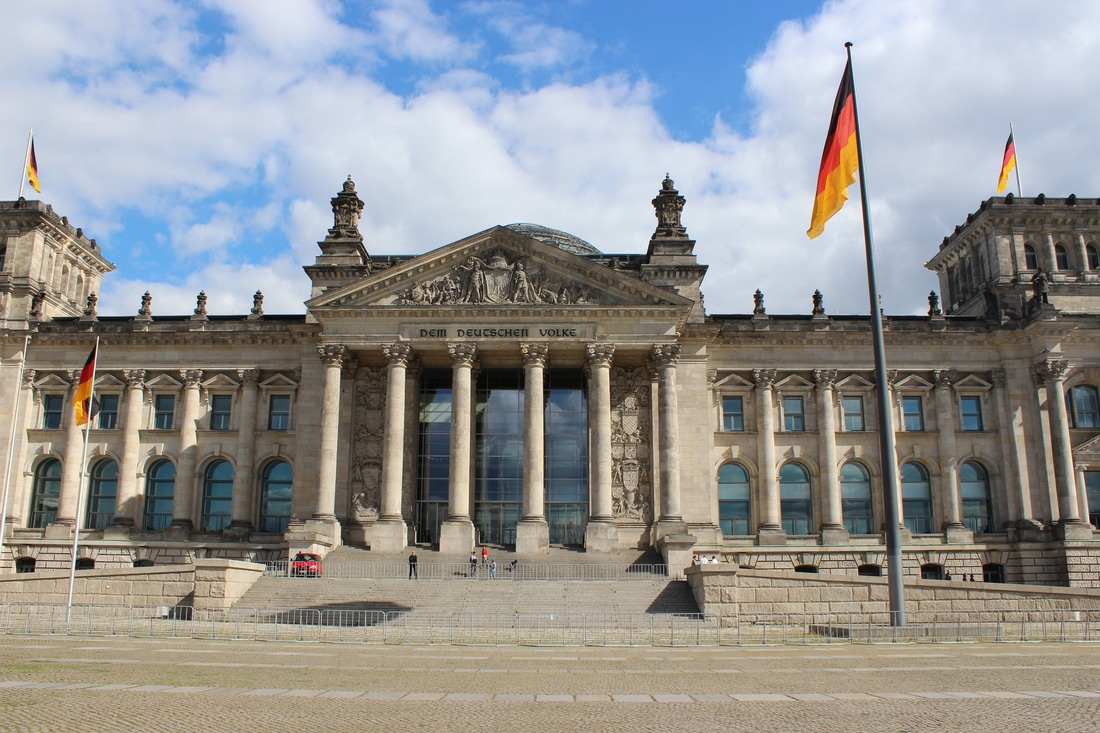


 RSS Feed
RSS Feed